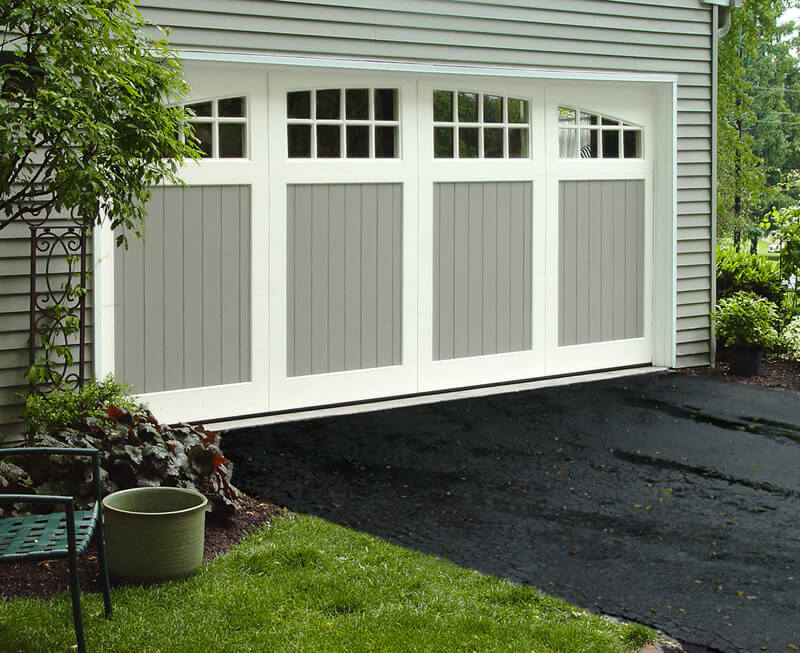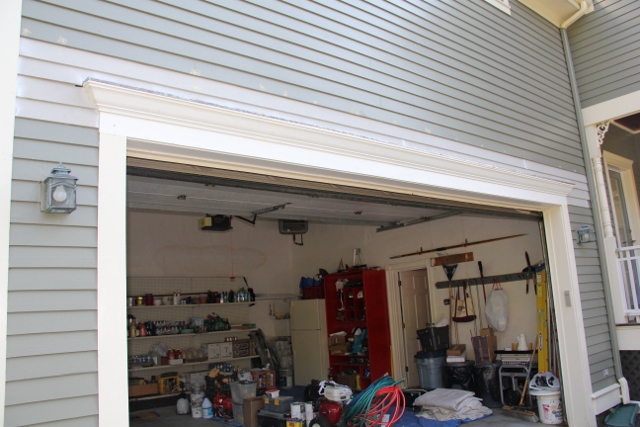When I first moved into my house, the garage door looked plain and uninviting. A friend suggested adding decorative trim, and it completely transformed the look of my home. In this guide, we’ll explore everything you need to know about garage door decorative trim, from styles and materials to installation and maintenance tips, ensuring your home has the curb appeal it deserves.
What is Garage Door Decorative Trim?
Garage door decorative trim refers to various design elements added to the garage door to enhance its appearance. This can include accents like molding, hardware, and ornamental designs that complement your home’s architectural style.
Why Should You Consider Decorative Trim for Your Garage Door?
Adding decorative trim can significantly improve your home’s curb appeal. Here are some reasons to consider:
- Aesthetic Appeal: Decorative trim can make your garage door look more attractive, giving it a custom feel.
- Increased Property Value: Curb appeal plays a crucial role in real estate values. A stylish garage door can enhance your home’s marketability.
- Personalization: Trim allows homeowners to express their style, making the home truly theirs.
Different Styles of Garage Door Decorative Trim
There are numerous styles of decorative trim available, depending on your personal taste and the architectural style of your home:
1. Classic Trim
This style often features clean lines and is perfect for traditional homes. Think of simple vertical or horizontal panels that add a timeless elegance.
2. Rustic Trim
For homes with a farmhouse or country style, rustic trim made from wood or distressed materials adds charm and a warm feel.
3. Modern Trim
Utilizing materials like metal or sleek lines, modern trim works well with contemporary architecture and offers a minimalist aesthetic.
4. Ornamental Trim
This style includes intricate designs, such as scrollwork, which can be used to create a vintage look that draws attention.
Materials Used in Garage Door Decorative Trim
The choice of material can impact both the aesthetics and longevity of your garage door trim. Here are some common options:
| Material | Pros | Cons |
|---|---|---|
| Wood | Natural look, customizable, good insulation. | Requires maintenance, can rot or warp. |
| Vinyl | Durable, low maintenance, UV resistant. | Limited color options, may not look as premium as wood. |
| Metal | Modern look, durable, weather-resistant. | Can be prone to denting, higher cost. |
| Composite | Eco-friendly, mimics wood, resistant to rot. | Can be more expensive, limited style options. |
How to Choose the Right Decorative Trim for Your Garage Door
Selecting the ideal decorative trim involves considering several factors:
1. Architectural Style
Ensure that the trim matches the overall design of your home. For instance, a sleek, modern trim would look out of place on a Victorian-style home.
2. Color Scheme
Choose colors that complement your existing exterior palette for a cohesive look.
3. Maintenance Requirements
Consider how much time you’re willing to invest in maintaining the trim. Some materials require more care than others.

4. Budget
Set a budget before shopping. Decorative trim can range from affordable options to high-end custom designs.
Installation of Garage Door Decorative Trim
While some homeowners may choose to DIY the installation, hiring a professional can ensure a flawless finish. Here’s a general overview of the installation process:
Step 1: Measure
Accurate measurements are crucial. Take precise dimensions of your garage door where the trim will be applied.
Step 2: Prepare the Surface
Ensure the surface of the garage door is clean and primed if necessary, especially for painted trim.
Step 3: Cut and Attach Trim
Cut the trim to size and use suitable adhesive or hardware to attach it to the garage door.
Step 4: Finish the Edges
Consider caulking or painting the edges for a neater appearance and added durability.

Maintenance Tips for Garage Door Decorative Trim
To ensure your decorative trim remains in good condition, follow these maintenance tips:
- Regular Cleaning: Use mild soap and water to wipe down the trim every few months.
- Inspect for Damage: Check for any signs of wear or damage, especially after extreme weather.
- Repainting or Staining: Wooden trim may need repainting or staining every few years to maintain its appearance.
Pros and Cons of Garage Door Decorative Trim
Here’s a summary of the advantages and disadvantages:
| Pros | Cons |
|---|---|
| Enhances curb appeal | Can be costly depending on materials and installation |
| Wide variety of styles and materials | May require maintenance |
| Increases home value | Installation may require professional help |

FAQs About Garage Door Decorative Trim
1. What is the best material for garage door trim?
The best material depends on your specific needs, including budget, maintenance level, and desired aesthetic. Wood offers classic beauty while vinyl is low-maintenance.
2. Can I install decorative trim myself?
Yes, if you are handy and have the right tools. However, hiring a professional may guarantee better results.

3. How do I clean my garage door trim?
Use a mixture of mild soap and water, applying it with a cloth or soft brush. Avoid harsh chemicals that could damage the finish.
4. Will decorative trim increase my home’s value?
Yes, enhancing your home’s curb appeal with decorative trim can positively impact its value on the real estate market.
